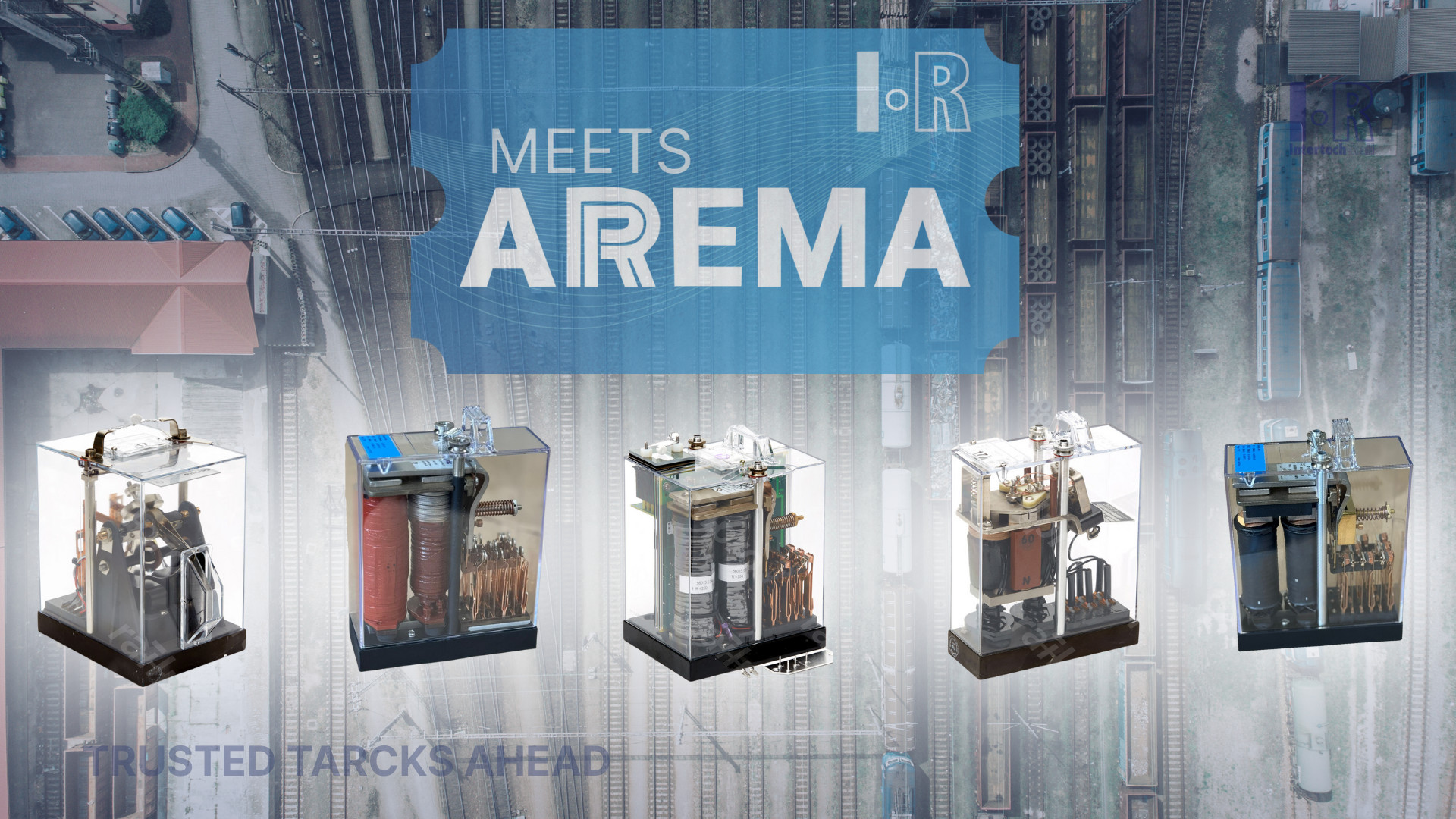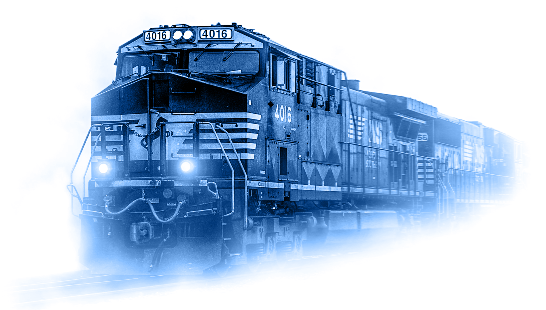When to use each types of Switch Machines in the Rail Industry and its advantages
In the vast and intricate network of railways that crisscross the globe, the efficient and reliable operation of switch machines is essential for directing trains along their intended routes. These machines, which facilitate the movement of rails to change tracks, come in various types, each suited to specific applications within the rail industry. From heavy cargo transport to urban subway systems, understanding the different types of switch machines and their ideal applications is crucial for ensuring smooth and safe railway operations.
1. Electrical Switch Machines:
Electrical switch machines are among the most common types used in the rail industry. They rely on electric motors to actuate the movement of switch points, guiding the rails to the desired position. These machines offer precise control and are well-suited for applications where accuracy and reliability are the most important aspect. Electrical switch machines are often favored for mainline operations, heavy freight routes, and high-speed passenger lines due to their robustness and consistent performance.
Best Application: Mainline operations, heavy freight routes, high-speed passenger lines.
2. Electrical-Mechanical Switch Machines:
Electrical-mechanical switch machines combine elements of both electrical and mechanical systems. They typically use an electric motor to drive mechanical linkages that move the switch points. This hybrid design offers the benefits of electrical control with the added mechanical leverage for switching heavier rails. Electrical-mechanical switch machines are versatile and suitable for various applications, including mainline routes, yards, and industrial sidings.
Best Application: Mainline routes, yards, industrial sidings.
3. Pneumatic Switch Machines:
Pneumatic switch machines utilize compressed air to actuate the movement of switch points. When air pressure is applied, it triggers mechanisms that move the rails into position. Pneumatic switch machines are known for their quick response times and simplicity of operation. They are often used in situations where electrical power is limited or where rapid switching is required, such as in yards and industrial facilities.
Best Application: Yards, industrial sidings, locations with limited electrical power.
4. Hydraulic Switch Machines:
Hydraulic switch machines operate using hydraulic fluid to power the movement of switch points. They offer high force capabilities and are capable of switching heavy rails with ease. Hydraulic switch machines are well-suited for applications where large forces are required, such as handling heavy freight trains or operating switches in harsh environmental conditions. However, they may be less common due to their complexity and maintenance requirements.
Best Application: Heavy freight routes, locations with harsh environmental conditions.
Choosing the Right Switch Machine for the Job:
Selecting the appropriate switch machine depends on various factors, including the specific requirements of the railway operation, the type of traffic being handled, and environmental considerations. While electrical switch machines are widely used for their reliability and precision, pneumatic and hydraulic machines offer unique advantages in certain situations where rapid switching or high force capabilities are needed.
Ultimately, by understanding the characteristics and applications of each type of switch machine, railway operators can make informed decisions to ensure the efficient and safe movement of trains along their networks. Whether navigating heavy freight routes or bustling urban transit systems, the right switch machine plays a crucial role in keeping the wheels of progress turning on the rails.




1501 Venera ave Suite 320A Coral Gables, FL 33146
+55 11 985974011 (Brazil)
+1 614 302 1900 (USA)
Intertech Rail 2024 - All Rights Reserved





